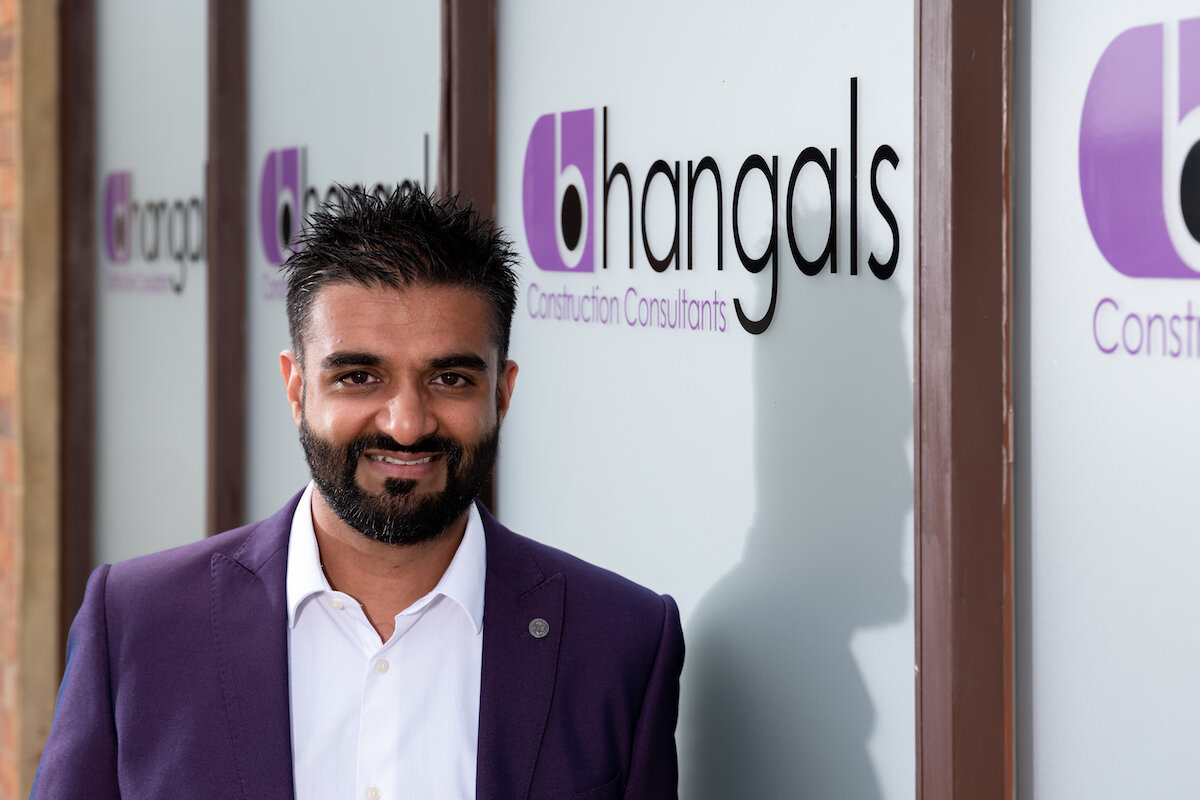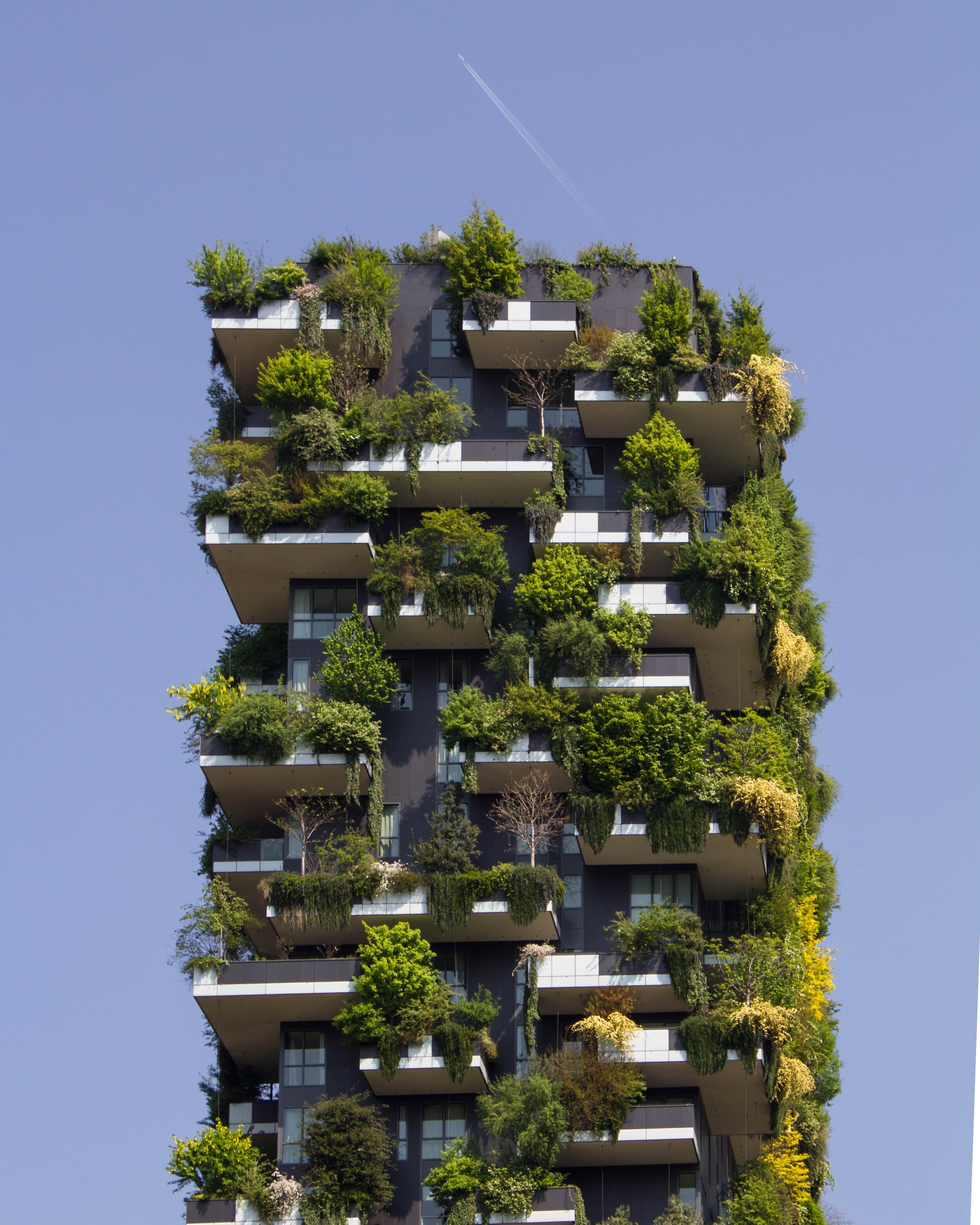Source: BTR News
BHANGALS CONSTRUCTION CONSULTANTS PROVIDE AN INSIGHT INTO THE CURRENT CHALLENGES FACING SUSTAINABLE CONSTRUCTION PROJECTS.
By Parm Bhangal, Managing Director, Bhangals Construction Consultants.
To most people outside the construction industry, it would seem obvious that those of us involved in the trade should ensure our projects have sustainability at their core. Unfortunately, during the past 20 years, the industry has faced sustained criticism for failing to keep up with calls to promote sustainable construction.
The built environment accounts for nearly half of the UK’s carbon emissions. The construction and demolition of buildings generate nearly a third of landfill waste, and more than 10% of products arriving at construction sites are sent directly to landfill without ever being used.
Parm Bhangal, Managing Director, Bhangals Construction Consultants.
These statistics are shocking when you consider how much emphasis the UK has placed on protecting the environment in recent years. In 2019, the Government made a commitment to ensure the UK is emissions net-zero by 2050, and this year Chancellor Rishi Sunak announced British firms would be forced to reveal the impact they’re having on the environment by 2025. In a recent national consumer survey Britons also urged the Government to make protecting the environment one of its top priorities as it negotiates new trade deals around the world.
When you add all this together, there would seem to be every reason in the world for builders and designers to incorporate sustainability into their developments in as many ways as possible – from the actual construction of the buildings through to furnishings and interiors. However, time and time again, we come across developers who want to bury their heads in the sand when it comes to installing sustainable features.
At Bhangals Construction Consultants, all our sustainable projects have been commissioned by the end-users who will actually benefit from the life cycle of savings generated by the environmentally-friendly aspects installed in their buildings. During the past decade, we’ve worked with hundreds of property investors and developers on £250m worth of construction projects – ranging from small residential refurbishments to large commercial new builds. In all that time, across all those projects, we’ve never come across a commercial developer who wanted to implement sustainable measures in their builds.
This begs the question: why do we have a situation where end users are keen to have green buildings, but developers want to avoid them? The reason for this is very simple – cost.
The World Green Building Trends 2018 Smart Market Report revealed that almost 40% of UK firms said affordability was the greatest challenge to adopting sustainable construction practices. While the running costs of sustainable homes and other buildings are lower for their residents, tenants and landlords, the upfront cost of installing those features in the first place can be prohibitive for developers.
However, the growing appreciation of the perceived value of green buildings may be the saviour of the sustainable construction industry. Owners of green buildings are reported to feel they’re worth 7% more than a traditional property due to their energy efficiency, and if this induces them to invest more in their construction, developers will be more prepared to pay those expensive upfront costs.
Businesses and landlords operating in the Build to Rent sector have begun to realise the benefits they may receive if they commission more expensive, sustainable properties. For instance, if a landlord believes they can get more rent from a property because the long-term running costs to their tenant is reduced, it stands to reason they’re more likely to invest more in the construction of the property in the first place. This in turn would help to alleviate some of the expensive upfront costs that deter developers from including green features in their schemes.
On the flip side, if you have landlords who are just looking for a quick return on their investment and want the building to be constructed as cheaply as possible, there is no incentive for the developer to even begin to think about including expensive sustainable features.
It is no secret that, like many industries, the construction business has been hit hard this year by the COVID-19 pandemic and many firms are keeping a close eye on their costs. So, one thing is for certain; if we want sustainable features to become commonplace in our buildings soon, we need everyone – builders, landlords and end-users – to be prepared to invest in them.






